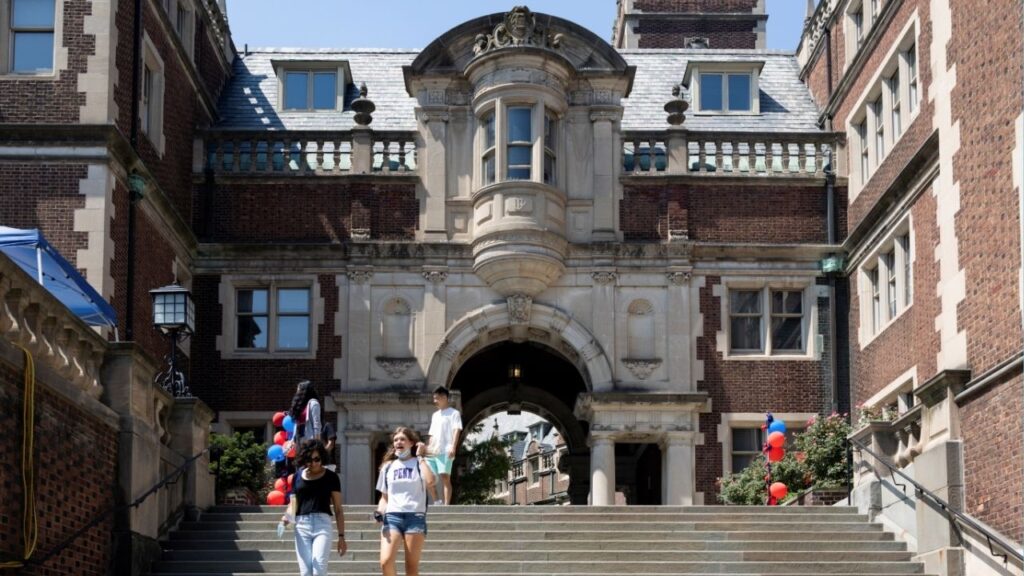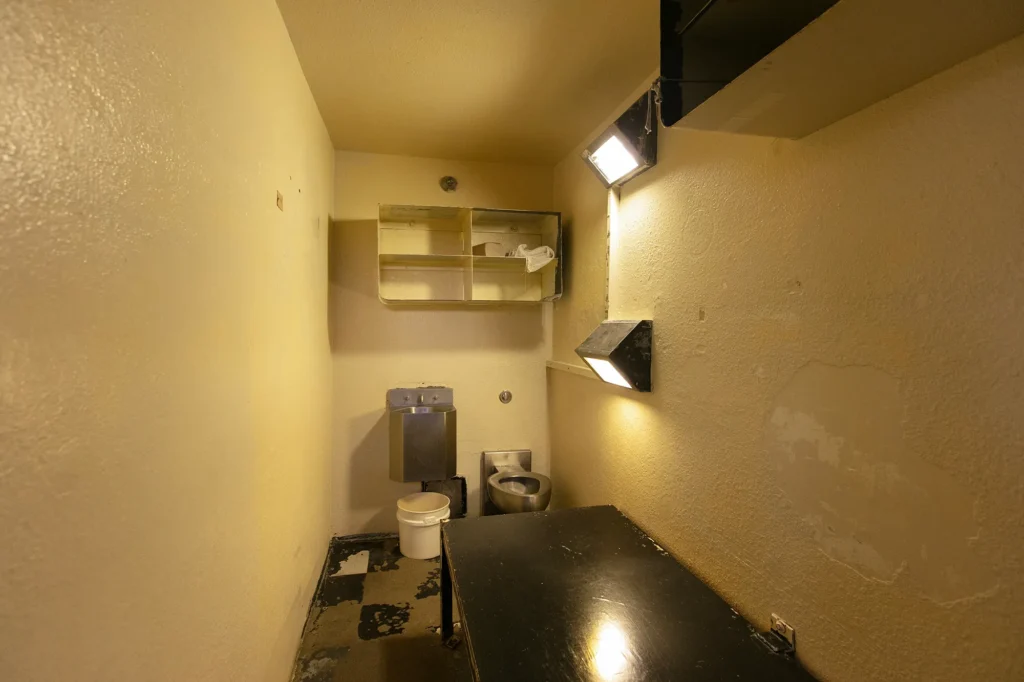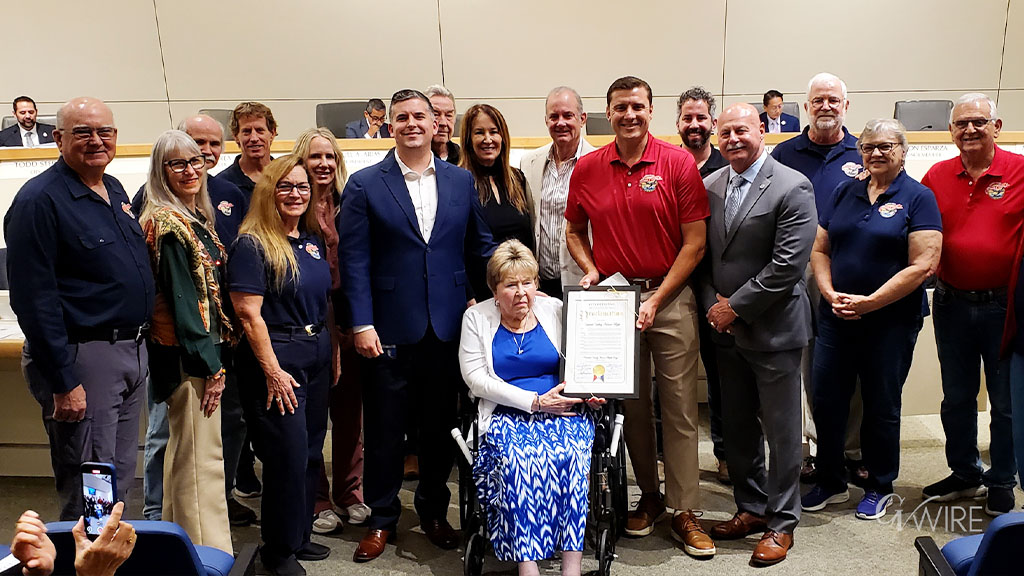Share
U.S. home prices surged again in October as the housing market continues to boom in the wake of last year’s coronavirus recession.
The S&P CoreLogic Case-Shiller 20-city home price index, out Tuesday, climbed 18.4% in October from a year earlier. The gain marked a slight deceleration from a 19.1% year-over-year increase in September but was about in line with what economists had been expecting.
All 20 cities posted double-digit annual gains. The hottest markets were Phoenix (up 32.3%), Tampa (28.1%) and Miami (25.7%). Minneapolis and Chicago posted the smallest increases, 11.5% each.
Many Americans Trading Up
The housing market has been strong thanks to rock-bottom mortgage rates, a limited supply of homes on the market, and pent-up demand from consumers locked in last year by the pandemic. Many Americans, tired of being cooped up at home during the pandemic, are looking to trade up from apartments to homes or to bigger houses.
“Home price growth will slow further in the year ahead, but continue to go up,″ said Danielle Hale, chief economist at Realtor.com. “As housing costs eat up a larger share of home purchaser’s paychecks, buyers will get creative. Many will take advantage of ongoing workplace flexibility to move to the suburbs where despite home price gains, many can still find a lower price per square foot than nearby cities.″
It remains unclear if that shift is permanent or an aberration, said Craig Lazzara, managing director at S&P Dow Jones Indices.
“We have previously suggested that the strength in the U.S. housing market is being driven in part by a change in locational preferences as households react to the COVID pandemic,” Lazzara said. “More data will be required to understand whether this demand surge represents an acceleration of purchases that would have occurred over the next several years, or reflects a more permanent secular change.”
Low Mortgage Rates Continue
Last week, mortgage rates fell — to 3.05% for the benchmark 30-year, fixed-rate and 2.66% for the 15-year fixed-rate home loan. The persistently low rates signal that credit markets appear more concerned about the omicron variant depressing economic growth than about the highest inflation rates in nearly 40 years.
The National Association of Realtors reported last week that sales of previously occupied homes rose for the third straight month in November to a seasonally adjusted annual rate of 6.46 million.




















